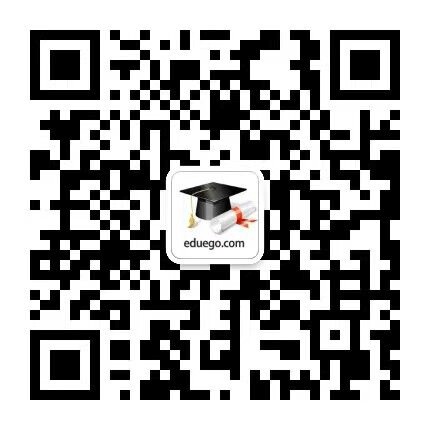MBA、MPA、MPAcc英语二阅读理解练习及答案
来源:在职研究生招生信息网 发布时间:2015-08-14 17:37:10
The average number of authors on scientific papers is sky-rocketing. That’s partly because labs are bigger, problems are more complicated, and more different subspecialties are needed. But it’s also because U.S. government agencies have started to promote “team science”. As physics developed in the post-World War Ⅱ era, federal funds built expensive national facilities, and these served as surfaces on which collaborations could crystallize naturally.
Yet multiple authorship — however good it may be in other ways — presents problems for journals and for the institutions in which these authors work. For the journals, long lists of authors are hard to deal with in themselves. But those long lists give rise to more serious questions when something goes wrong with the paper. If there is research misconduct, how should the liability be allocated among the authors? If there is an honest mistake in one part of the work but not in others, how should an evaluator aim his or her review?
Various practical or impractical suggestions have emerged during the long-standing debate on this issue. One is that each author should provide, and the journal should then publish, an account of that author’s particular contribution to the work. But a different view of the problem, and perhaps of the solution, comes as we get to university committee on appointments and promotions, which is where the authorship rubber really meets the road. Half a lifetime of involvement with this process has taught me how much authorship matters. I have watched committees attempting to decode sequences of names, agonize over whether a much-cited paper was really the candidate’s work or a coauthor’s, and send back recommendations asking for more specificity about the division of responsibility.
Problems of this kind change the argument, supporting the case for asking authors to define their own roles. After all, if quality judgments about individuals are to be made on the basis of their personal contributions, then the judges better know what they did. But if questions arise about the validity of the work as a whole, whether as challenges to its conduct or as evaluations of its influence in the field, a team is a team, and the members should share the credit or the blame.
1. According to the passage, there is a tendency that scientific papers____________.
A.are getting more complicated
B.are dealing with bigger problems
C.are more of a product of team work
D.are focusing more on natural than on social sciences
2. One of the problems with multiple authorship is that it is hard__________.
A.to allocate the responsibility if the paper goes wrong
B.to decide on how much contribution each reviewer has made
C.to assign the roles that the different authors are to play
D.to correspond with the authors when the readers feel the need to
3. According to the passage, authorship is important when .
A.practical or impractical suggestions of the authors are considered
B.appointments and promotions of the authors are involved
C.evaluators need to review the publication of the authors
D.the publication of the authors has become much-cited
4. According to the passage, whether multiple authors of a paper should be taken collectively or individually depends on______.
A.whether judgments are made about the paper or its authors
B.whether it is the credit or the blame that the authors need to share
C.how many authors are involved in the paper
D.where the paper has been published
5. The best title for the passage can be___________.
A.Writing Scientific Papers: Publish or Perish
B.Collaboration and Responsibility in Writing Scientific Papers
C.Advantages and Disadvantages of Team Science
D.Multiple Authors, Multiple Problems
下一篇: MBA逻辑基础练习题附答案





















